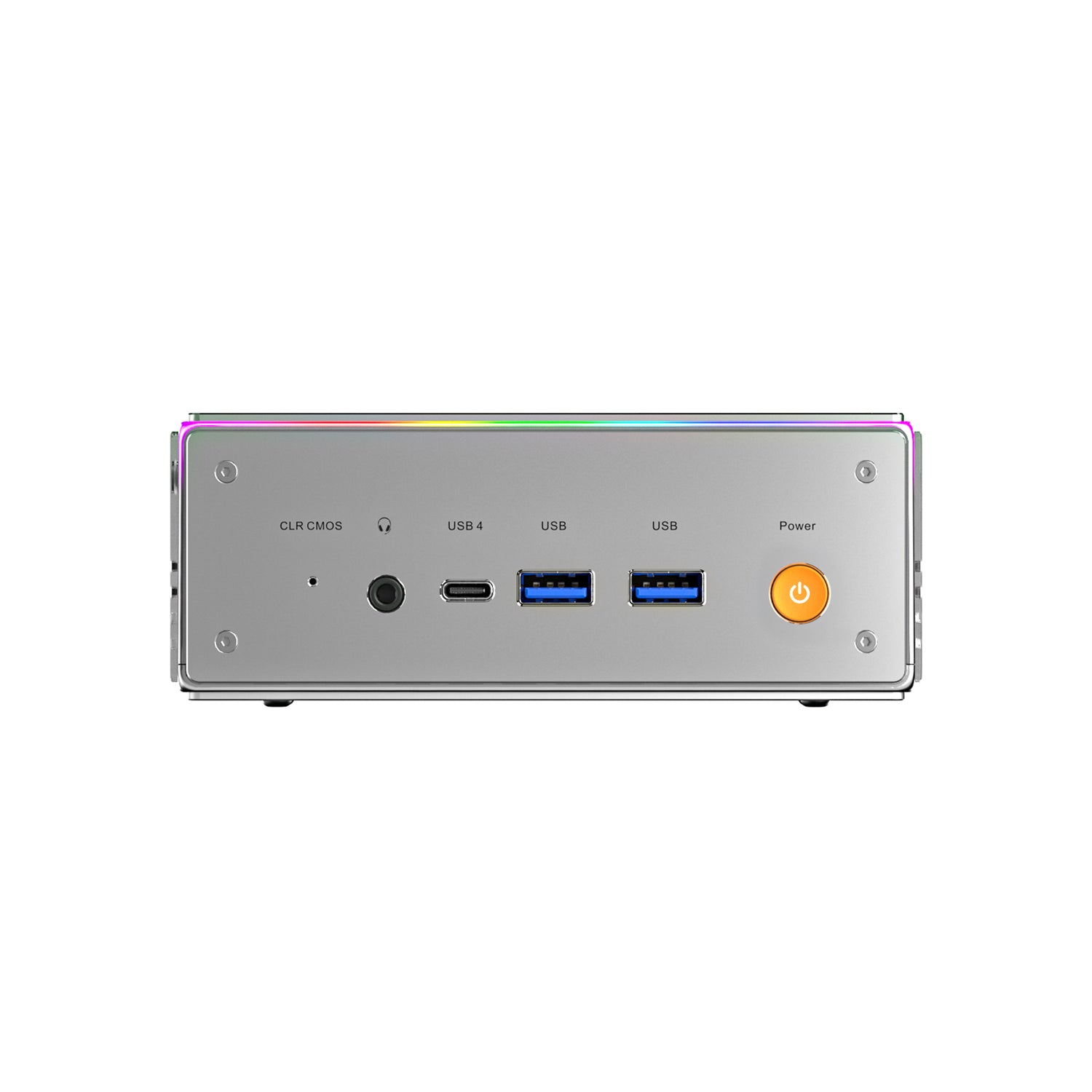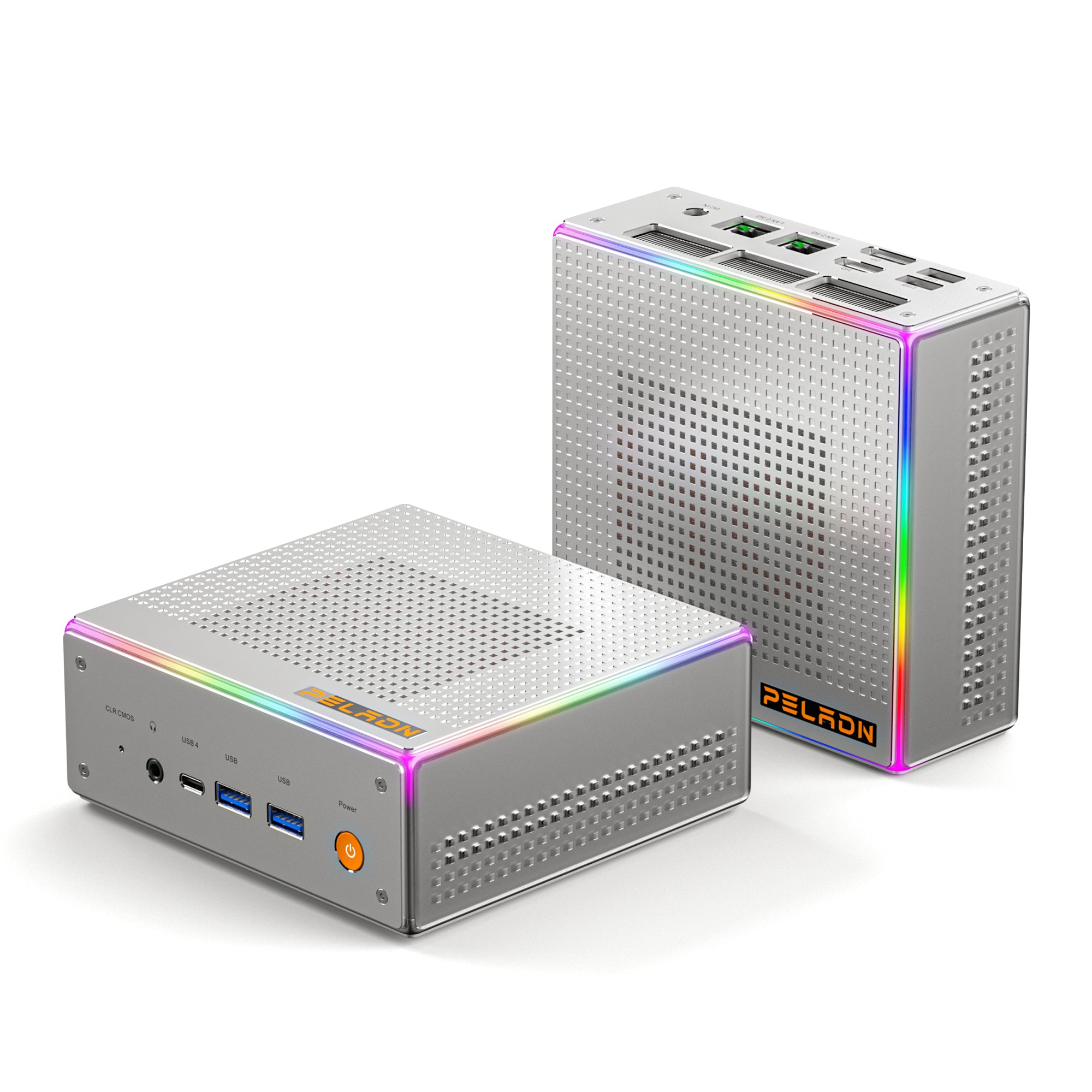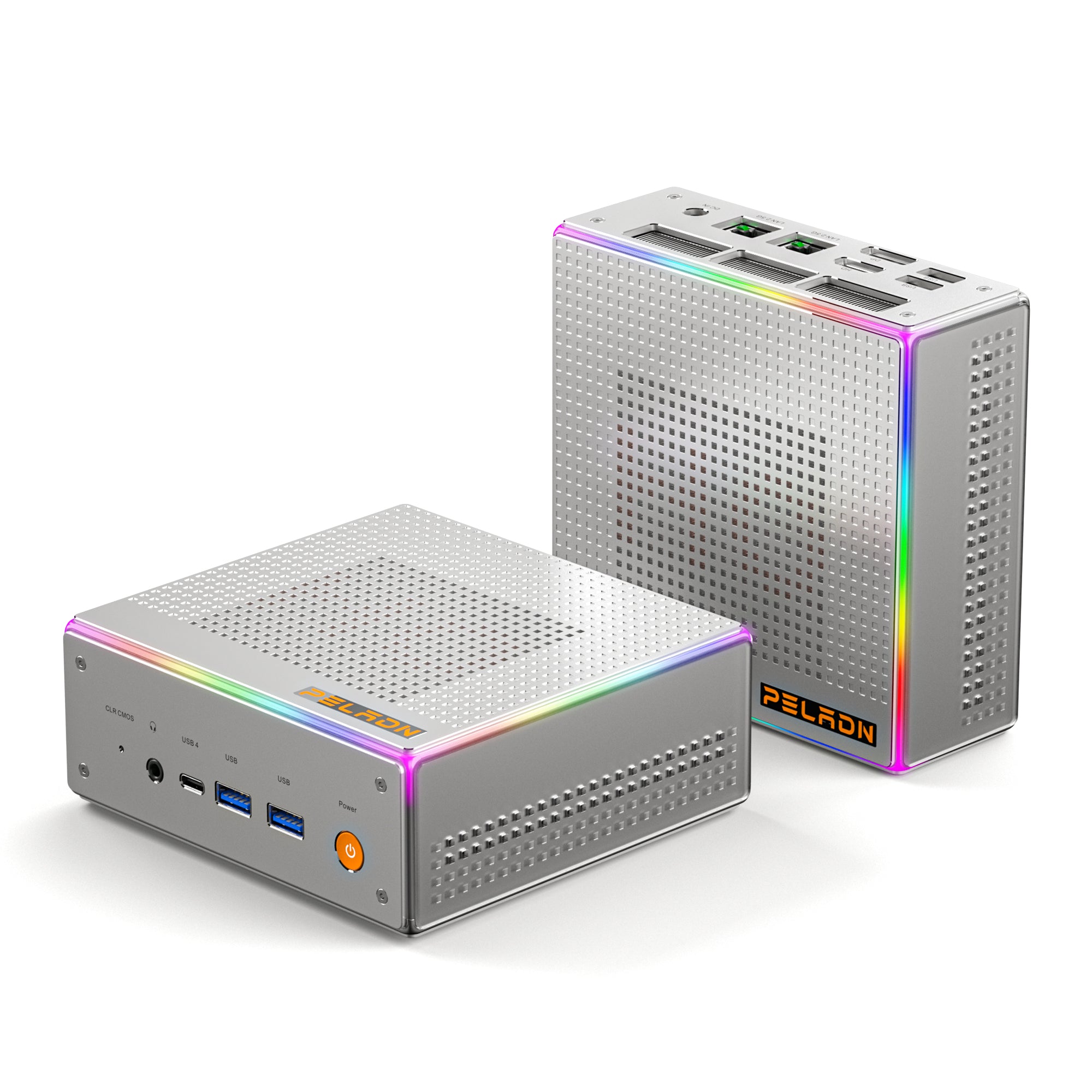Are you searching for the most compact computer for your home office setup? You're spoilt for choice with our buying guide featuring Mini PCs powered by Windows 11. Depending on your budget, these PCs offer a range of performance capabilities, from handling basic office tasks to more intensive activities such as video editing and playing the latest computer games.
Mini PCs are small enough to fit in a handbag or large jacket pocket, although they would do much better on your desk. While small in stature, they offer a wide range of connections compared to most notebooks, provide a good level of performance despite its size, and the internal components can be upgraded if required. Best of all, they are more energy-efficient than full-blown desktop PCs.
In this article, we will focus on models that are powered by Windows 11 and hence, exclude the Mac Mini models. If you are interested in Apple's smallest computer, I recommend you check out Fabi's M2-powered Mac Mini review. As Apple relies on its own SoC architecture and uses its own macOS, we did not include this option in our comparison.
What do you need to look out for when buying a mini PC?
The crucial question: Mini PC or Micro ATX mainboard?
Mini PCs have experienced a certain amount of hype recently, being energy-saving and compact computing miracles. However, it is also advisable to think about buying a slightly larger PC. If you were to opt for a model with a micro ATX mainboard, you have more options when it comes to upgrading the PC.
The major advantage here is not having to deal with an integrated processor with the mainboard. PCs with a Micro-ATX motherboard are the superior option for future upgrades. You can install a dedicated graphics card to squeeze more performance for gaming or video editing then. Of course, these computers are not as compact as mini PCs, so let's move on to the next point.
Chassis and size
The advantage of buying a mini PC is, of course, its compact size. The models we reviewed recently were all not much larger than a stack of CDs. As a desktop PC, you can place the mini PC virtually anywhere on your desk. You don't have to crawl under the desk to connect USB sticks or other peripherals.

Most mini PCs can also be mounted on the back of monitors using VESA mounts. This allows you to turn your monitor into an affordable all-in-one PC that can be repaired more easily than conventional models. The relevant brackets are normally included in the packaging.
Thanks to its compact size, you can also bring your mini PC with you easily. The models we reviewed fit into a rucksack without any problems, and transportation in larger jacket pockets is also quite realistic.
Components and performance
To achieve the compact size of mini PCs, manufacturers rely on notebook architecture. The reason behind this is to produce less heat and end up as more energy efficient. For the consumer, you should expect slightly lower performance figures than with a conventional PC. The processor is also normally soldered in place, which means this component cannot be repaired or upgraded.
However, it is also possible to upgrade the memory configuration in most mini PCs. RAM upgrades can be limited and sometimes, you can install additional storage options. When buying, you should make sure that the mini PC of your choice uses fast memory standards such as DDR5 RAM and SSDs.
However, the major disadvantage of mini PCs is their graphics performance. Dedicated graphics cards are very difficult to fit into the small chassis. This translates to living with the onboard graphics solutions of notebook processors. As these consume RAM as part of the graphics memory, it will slow down the entire system. In our reviews, it was still possible to edit videos and play the latest computer games, albeit being possible only with the higher-priced models.
Is there another solution to this conundrum? Theoretically, you can buy an external eGPU, insert a full-blown desktop graphics card, and gain significantly more graphics performance. Of course, you'll have to decide for yourself whether it's economical to do so if you are starved of physical space in the first place. Thinking about this matter is an ideal transition point to the mini PC's connectivity options.
Connectivity
When buying a mini PC, you should also pay attention to the connectivity options. Compared to notebooks, mini PCs offer a wider range of connections. The built-in ports are usually installed at the front and rear of the chassis, and manufacturers sometimes place SD card readers or a Kensington security slot at the side.

More expensive mini PCs come with fast and up-to-date standards such as USB 4 or Thunderbolt 4. These arrive in USB-C or USB-A varities, allowing you to connect external storage devices, mice, keyboards, USB drives, and other accessories. If you want to connect several external monitors, the model should support the Thunderbolt or DisplayPort standard. However, there is normally one or more HDMI ports on the mini PC to hook up to external displays as well.
Important: For audio output, manufacturers often use a combined connection in the form of a 3.5 mm port, featuring support for both microphones and speakers. If you need to use such connections separately, you should pay attention or invest in an additional USB sound card.
Power supply
One point of criticism with the models we reviewed was how the power supply cannot be fed via USB Power Delivery. Manufacturers still seem to prefer offering their external power supply units. This means having to plan for additional space in the power strip, instead of supplying your mini PC with power via a compatible monitor.
However, one advantage of the mini PC is its relatively low-power consumption. The installed components, as mentioned at the beginning, are mostly notebook components and hence, are less power-hungry. This is reflected in lower monthly electricity bills over the year. If you want to save electricity with a mini PC, you should pay attention to the manufacturer's specifications. From there, you can use an electricity cost calculator to scale up your usage over the year.
Operating system
A very word about the operating system: As with most pre-built PCs, mini PCs are powered by a full Windows license. As an OEM model, you cannot transfer this to other hardware. However, as you have most likely clicked on this article while searching about Windows PCs, this is not a problem at all. If required, you can usually also set up a dual boot configuration with alternative operating systems.



Leave a comment
This site is protected by hCaptcha and the hCaptcha Privacy Policy and Terms of Service apply.